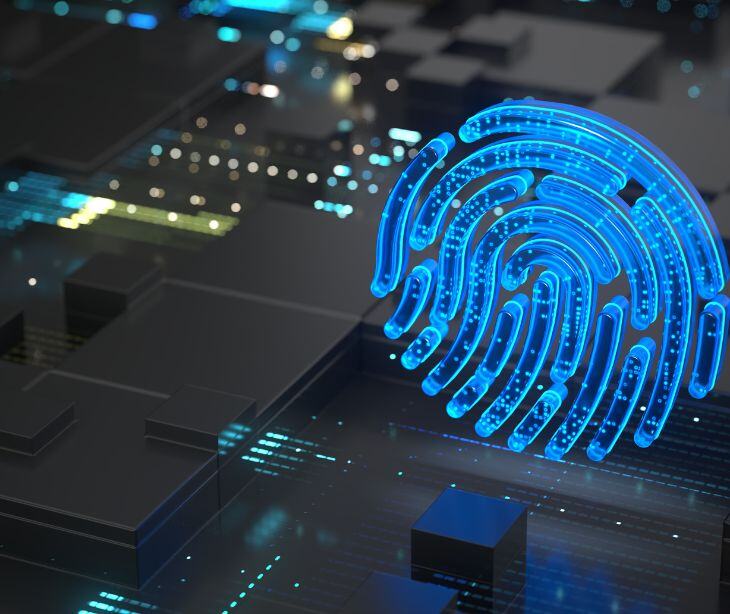
According to Proofpoint, “ITDR is short for identity threat detection and response, a new class of cybersecurity solutions that focuses on protecting user identities and identity-based systems from cyber threats. ITDR involves a combination of security tools, processes, and best practices to effectively prepare for as well as detect and respond to identity-related threats.”
Understanding ITDR
Identity threat detection and response (ITDR) is a security tool that focuses on protecting identities from being stolen or misused. It works alongside other tools like endpoint detection and response (EDR), which guards devices, extended detection and response (XDR), which looks for threats across different parts of a system, network detection and response (NDR), which monitors networks, and privileged access management (PAM), which controls access to systems. While these tools handle different parts of security, ITDR is all about keeping identities safe, like protecting your login details or stopping unauthorized access. It adds an extra layer of protection, especially when attacks target usernames and passwords.
Read also: What is EDR?
The importance of identity in cybersecurity
Identities have become the primary attack vector for cybercriminals. Even if a network, endpoint, and all other devices are well-secured, a single compromised privileged account can allow an attacker to infiltrate and compromise enterprise resources. The shift has prompted Gartner to name ITDR as one of the top security and risk management trends for 2022, indicating the growing significance of identity-centric security.
Components of an ITDR system
An ITDR system should encompass a range of security controls and capabilities, including:
- Configuration, policy, and identity data analysis: Assessing the security posture of an organization's identity infrastructure.
- Attack path management and impact analysis: Identifying and evaluating potential attack paths that could lead to identity-based breaches.
- Risk scoring and remediation prioritization: Assigning risk scores to vulnerabilities and prioritizing remediation efforts.
- Real-time monitoring of runtime behaviors: Detecting indicators of compromise (IoCs) related to identity-based threats.
- Machine learning and analytics: Using advanced techniques to identify abnormal user behaviors or suspicious events.
- Automated remediation and incident response: Implementing automated actions to mitigate identified threats.
- Dashboards, alerts, and incident management: Providing visibility and actionable insights for security teams.
- Integration with SIEM, XDR, and SOAR tools: Enabling seamless collaboration and information sharing across security solutions.
- Multifactor authentication (MFA) integration: Delivering step-up authentication in response to detected risks.
- Privileged access management (PAM) integration: Identifying gaps in coverage for highly privileged accounts.
- Risk signal sharing: Exchanging threat intelligence with other security products and third-party tools.
Go deeper:
Differentiating ITDR from IAM and EDR
While ITDR shares some similarities with identity and access management (IAM) and endpoint detection and response (EDR), it offers a distinct and more advanced approach to identity-centric security.
Identity and access management
IAM focuses on managing and controlling user access to information systems and applications, ensuring that users have the appropriate permissions based on their roles and responsibilities. ITDR takes a deeper approach, extending the IAM framework by detecting, responding to, and preparing for security threats and vulnerabilities related to user identities and access.
Endpoint detection and response
EDR solutions primarily concentrate on monitoring and securing individual endpoint devices, such as desktops, laptops, and servers, by collecting and analyzing system logs and network traffic. In contrast, ITDR solutions are designed to scan for identity-based threats across platforms, environments, and systems, providing a complete perspective on identity-related security risks.
Read more: What is identity access management?
The growing importance of ITDR
Evolving threat
Cybercriminals have become increasingly adept at leveraging identity-based tactics to breach accounts and gain unauthorized access to sensitive information. They frequently utilize open-source attack tools, phishing scams, credential stuffing, and social engineering tactics to compromise identities and exploit vulnerabilities.
The impact of remote work
The shift to remote work, driven by the COVID-19 pandemic, has further exacerbated the identity-based threat. With more employees accessing company systems from personal devices and home networks, organizations struggle to maintain complete visibility and control over user access, making them more vulnerable to identity-related attacks.
Regulatory compliance demands
The emphasis on data privacy and security regulations, such as those in the healthcare and financial sectors, has also contributed to the need for ITDR. Organizations that fail to effectively secure their identity infrastructure and respond to identity-based threats can face fines and reputational damage.
Related: Challenges with managing regulatory compliance
FAQs
What is identity threat detection & response (ITDR) and how does it relate to healthcare security?
Identity threat detection & response (ITDR) refers to a set of tools and processes aimed at identifying, monitoring, and responding to identity-based threats, such as credential theft, account takeover, and unauthorized access attempts. In healthcare, ITDR is beneficial for safeguarding electronic protected health information (ePHI) and ensuring that only authorized individuals access patient data, maintaining both patient privacy and HIPAA compliance.
Why is identity threat detection & response important for HIPAA compliance in healthcare settings?
ITDR is beneficial for HIPAA compliance because it helps detect and prevent unauthorized access to ePHI. With cybercriminals increasingly targeting healthcare organizations for identity-related attacks, ITDR serves as a line of defense. It ensures that healthcare entities can promptly detect identity-based threats, mitigate potential data breaches, and adhere to HIPAA’s stringent privacy and security rules.
What are the potential risks associated with inadequate identity threat detection & response under HIPAA?
- Data breaches: Failure to detect and respond to identity-based threats can lead to unauthorized access to ePHI, violating HIPAA’s confidentiality requirements.
- Operational disruptions: Identity threats can compromise systems and accounts, leading to service interruptions and affecting patient care.
- Non-compliance penalties: Healthcare organizations that cannot effectively manage identity threats may face fines, legal actions, and reputational damage due to HIPAA violations.
- Credential misuse: Attackers may use stolen credentials to gain further access to sensitive information, escalating the impact of a breach.
- Reputational harm: An inability to prevent identity-related breaches can result in a loss of trust from patients, partners, and regulatory bodies.
Learn more: HIPAA Compliant Email: The Definitive Guide
Subscribe to Paubox Weekly
Every Friday we'll bring you the most important news from Paubox. Our aim is to make you smarter, faster.



